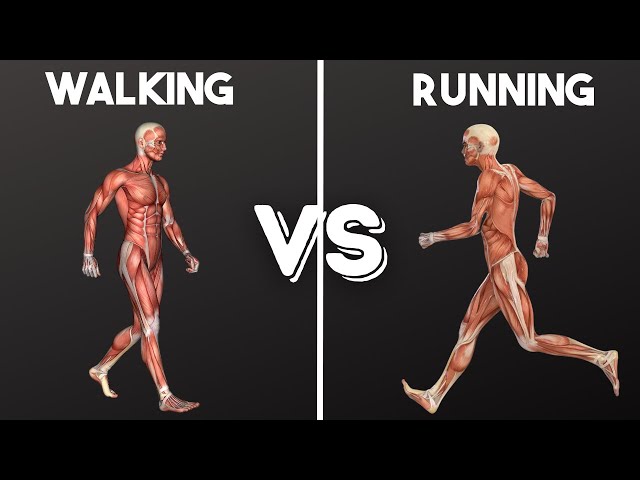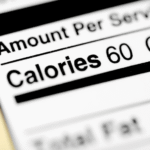Discover the Best Beginner Cardio: Walking or Running?
Choosing an exercise can be hard when you’re new to fitness. Many beginners wonder if they should walk or run. Both are great ways to stay active. But which one is right for you?
In this beginner-friendly guide, we’ll compare walking and running. You’ll learn how each helps with weight loss, heart health, and mood. We’ll cover injury risks, calorie burn, and how to get started safely. Plus, we answer the most common questions beginners ask. This article is tailored for the U.S. audience with practical tips and keywords like beginner workout, walking benefits, running for weight loss, and safe fitness tips.
Health Benefits of Walking
Cardio and Heart Health
Walking supports heart health. It lowers blood pressure and boosts blood circulation. It’s considered a moderate-intensity aerobic activity. When done briskly, walking helps meet U.S. health guidelines of 150 minutes of activity per week.
Low Impact and Joint Friendly
Walking is gentle on your joints. It’s ideal for beginners, older adults, or anyone with knee or back pain. Compared to running, walking causes less strain on knees, hips, and ankles. Yet it still helps improve your health and mood.
Health Benefits of Running
High Calorie Burn and Time Efficiency
Running burns nearly twice as many calories as walking. A 160-pound person burns around 15 calories per minute while running, compared to 8-9 calories walking. If you’re short on time and want quick results, running might be more effective.
Cardiovascular and Fitness Gains
Running builds stamina and heart strength faster than walking. It increases your oxygen capacity (VO2 max). This leads to better performance and energy in daily life. Over time, it can help reduce cholesterol and blood pressure.
Risks and Challenges

Risk of Injury When Running
Running carries a higher risk of injury. Many beginners suffer from shin splints, sore knees, or muscle strain if they do too much too soon. Gradual progress and proper warm-up are key.
Walking’s Lower Risk But Time Demands
Walking is safer, but you may need to walk longer to see the same results as a short run. For weight loss or cardiovascular health, walking requires a greater time commitment.
Also Read Beginner’s Guide to Portion Sizes
Which Works Better for Beginners?
Ease of Starting and Access
Walking wins in ease. You don’t need equipment or a gym. Just a good pair of shoes and a safe space to walk. That’s why walking is a great beginner-friendly workout.
Gradual Progress with Run-Walk Methods
You don’t have to choose just one. Many beginners mix running and walking using the “Jeffing” method. Start with 1-minute jogs and 2-minute walks. This helps build stamina while reducing injury risk.
Which Burns More Fat and Aids Weight Loss?
Running vs Walking Calorie Comparison
Running burns more calories per minute. But walking can work well too—especially if you walk longer and stay consistent. Studies show that walking 10,000–12,000 steps a day supports fat loss.
Sustainability and Long-Term Success
Walking is easier to stick with long-term. It’s less tiring, more enjoyable, and can become part of your daily life. Long-term consistency is the key to fat loss and fitness.
Daily Guidelines and Time Recommendations
Meet Weekly Activity Guidelines
Experts recommend at least 150 minutes of moderate activity or 75 minutes of vigorous activity per week. Brisk walking counts as moderate. Running counts as vigorous. You can combine both.
How Much Is Enough
Even short sessions help. Try 15-minute walks twice a day. Or run for 10 minutes and walk for 20. It all adds up to better health.
Tips for Beginners to Start Safely
Start Slow and Listen to Your Body
Start with 10–15 minute walks or light jogs. Increase time and intensity slowly. Pain or fatigue means you should rest or scale back.
Use Proper Shoes and Surface
Invest in supportive shoes. Try walking on grass or tracks instead of hard pavement. It reduces impact and protects joints.
Choosing Based on Your Goals
For Weight Loss
Running may speed up weight loss due to its calorie burn. But walking consistently, paired with a balanced diet, works too. Choose what you can stick with.
For Endurance and Performance
If you plan to run a race or build stamina, start with walking and then move to jogging. Slow progress avoids injury and keeps you motivated.
Mixing Walking and Running
Run-Walk Intervals (Jeffing Method)
Begin with short intervals. Run for 1 minute, walk for 2. Gradually increase your run time. This method helps beginners run longer without exhaustion.
Alternate Days for Recovery
Run one day, walk the next. Rest days help your body recover. This mix keeps workouts fun and helps prevent burnout.
Mental and Emotional Benefits
Mood and Stress Relief
Both walking and running release endorphins. These “feel good” chemicals help reduce stress and anxiety. Walking outdoors can also lift your mood.
Brain and Cognitive Gains
Walking boosts focus and memory. A short walk can spark creativity and reduce mental fatigue. Running can do the same—especially when done regularly.
Frequently Asked Questions (FAQs)
Which is better if I’m overweight or have joint pain?
Walking is the safer choice. It’s low-impact and easy on the knees. You still burn calories and gain strength over time.
How long before I see results?
Many people feel better after just a week or two. You’ll notice better mood, more energy, and stronger muscles. For weight loss, it may take 4–8 weeks of regular activity.
Can I switch between walking and running?
Absolutely. Mixing both is smart. It helps reduce injury risk, builds stamina, and keeps workouts fun.
Do I need a health check-up before starting?
If you’re over 45 or have health issues like diabetes or heart disease, check with your doctor before running. Walking is safe for most people.
Is walking enough to meet health goals?
Yes. Brisk walking five days a week meets national fitness goals. It improves heart health, brain function, and helps with weight control.
Final Takeaway
Walking vs running—which one is better for beginners? The answer is: it depends on your goals, fitness level, and preferences.
Walking is safe, simple, and easy to stick with. Running burns more calories and builds fitness faster, but it requires more care.
Start with what feels good. Mix both if you like. Walk one day, jog the next. Use intervals. Just keep moving.
Remember: consistency is more important than speed. Whether you walk, run, or do both, staying active is the first step to a healthier you.










